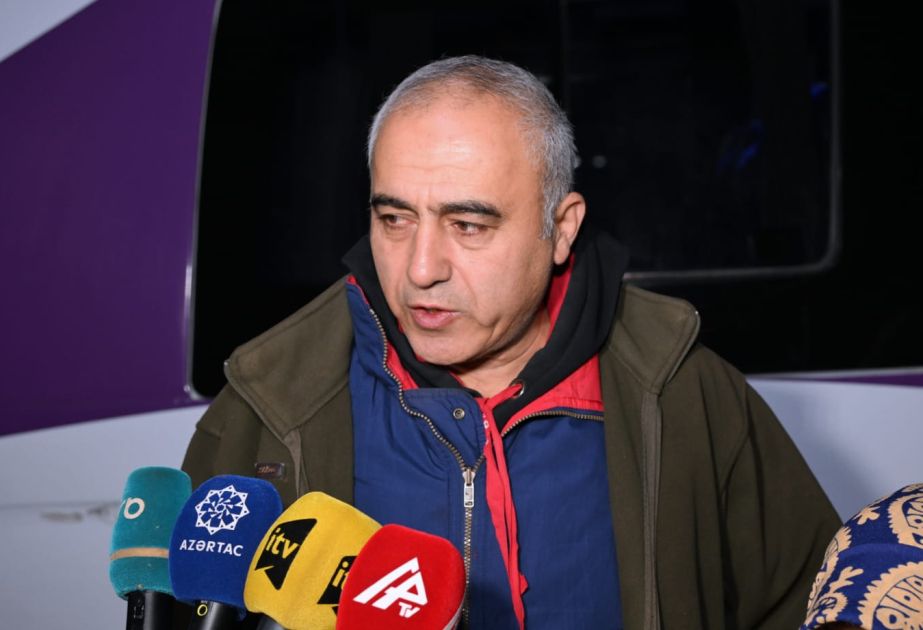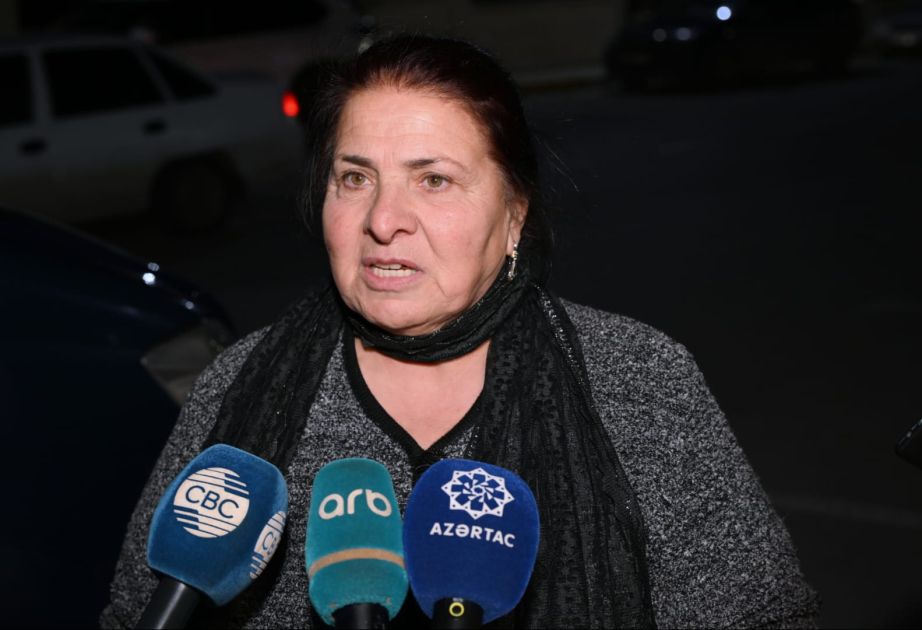|
|
TODAY.AZ / Politics
Shusha welcomes returning IDPs
23 December 2024 [10:00] - TODAY.AZ

In line with President Ilham Aliyev’s instructions and as part of the First State Program for the Great Return, the relocation of internally displaced persons (IDPs) from temporary accommodations in dormitories, sanatoriums, and administrative buildings throughout Azerbaijan to the liberated territories continues.
On December 23, 2024, a group of IDPs consisting of 51 families, or 208 individuals, left the Garadag district of Baku for Shusha, a city liberated from Armenian occupation in November 2020. The returnees expressed profound gratitude to President Ilham Aliyev and First Vice President Mehriban Aliyeva for their comprehensive state support. They also extended their thanks to the heroic Azerbaijani Army, which liberated their lands, as well as the brave soldiers and officers who fought for the country’s territorial integrity. They prayed for the souls of the martyrs who sacrificed their lives for this cause.
Speaking to a local media outlet, former IDP Teymur Huseynxanov shared that he and his family never lost hope that Shusha would be liberated and that they would return to the city sooner or later.
“May Allah make our state eternal. I lost my father over these years. He couldn’t see Shusha. He left with longing. My mother is also 84 years old and returning to her homeland. Thank God for this day. When we left the region, I was a young man. Yes, many years have passed. But during all this time, we never lost hope. We lived with the desire to return. We were sure of it," he noted.

Jamila Mammadova, another IDP returning to Shusha, stated that returning to the liberated territories after so many years is a very joyful and proud moment. "My land has always been dear and sacred to me. I pray for the souls of our martyrs and ancestors who made it sacred. May our President live long, as he has allowed us to experience this beautiful feeling. Thank God we are returning. And we are returning with pride and with our heads held high. I am grateful to everyone who contributed because they preserved the honor of this nation, " she added.

It is important to note that nearly 30,000 people now live in the Garabagh and Eastern Zangazur regions, including the former IDPs. This includes individuals working on various ongoing projects, those fulfilling official duties in local branches of state institutions, and workers in reopened healthcare, education, culture, tourism, industry, and energy sectors. These developments contribute to the growing population in the area.
URL: http://www.today.az/news/politics/255844.html
 Print version
Print version
Connect with us. Get latest news and updates.
See Also
- 31 March 2025 [15:51]
Turkish Embassy honors victims of March 31 Azerbaijani Genocide - 31 March 2025 [15:03]
Transitional President of Gabon sends congratulatory letter to President Ilham Aliyev - 31 March 2025 [14:34]
President Ilham Aliyev, President Masoud Pezeshkian hold phone talk - 31 March 2025 [14:19]
President of Algeria sends congratulatory letter to President Ilham Aliyev - 31 March 2025 [14:19]
President of Algeria sends congratulatory letter to President Ilham Aliyev - 31 March 2025 [13:45]
Ethiopia's PM congratulates President Ilham Aliyev on Ramadan holiday - 31 March 2025 [12:46]
Azerbaijani Ombudsman calls for global recognition of genocide and ethnic cleansing against Azerbaijanis by Armenians - 31 March 2025 [12:21]
Western Zangezur: A chronicle of ethnic cleansing that Armenians are trying to erase - 31 March 2025 [11:22]
Azerbaijani Army stops another provocative move by Armenia - 31 March 2025 [10:42]
First VP Mehriban Aliyeva makes post on 31 March - Day of Genocide of Azerbaijanis [PHOTO]
Most Popular
 Biden's Henchman fabricated fake charges against Azerbaijan
Biden's Henchman fabricated fake charges against Azerbaijan
 Western Zangezur: A chronicle of ethnic cleansing that Armenians are trying to erase
Western Zangezur: A chronicle of ethnic cleansing that Armenians are trying to erase
 He doesn't even know how to show off. Pashinyan is in a scandal again
He doesn't even know how to show off. Pashinyan is in a scandal again
 Baku Conference: New chapter in the fight against colonial legacies [OPINION]
Baku Conference: New chapter in the fight against colonial legacies [OPINION]
 Turkish President Recep Tayyip Erdo?an Congratulates President Ilham Aliyev on Ramadan Holiday
Turkish President Recep Tayyip Erdo?an Congratulates President Ilham Aliyev on Ramadan Holiday
 Photo contest "Agriculture in Azerbaijan" underway
Photo contest "Agriculture in Azerbaijan" underway
 Azerbaijan MFA offers condolences to Myanmar and Thailand, following devastating earthquake
Azerbaijan MFA offers condolences to Myanmar and Thailand, following devastating earthquake
